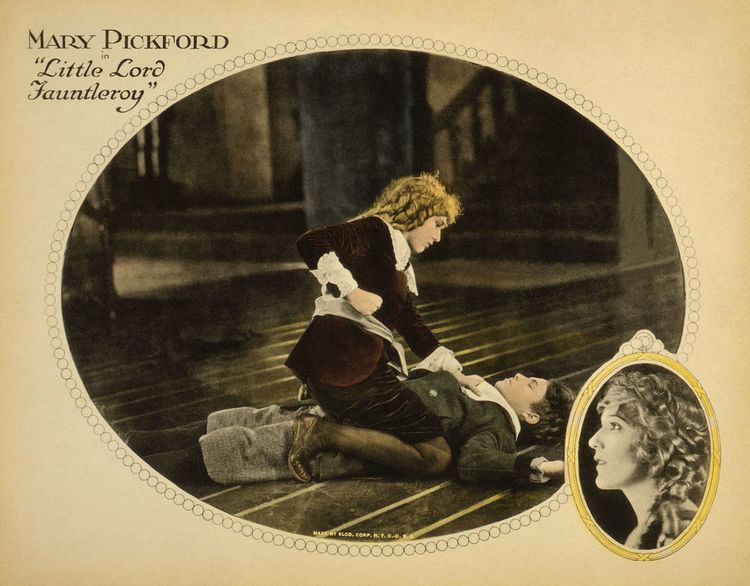 | ||
Cross-gender acting refers to an actor or actress portraying a character of the opposite gender. It is distinct from roles where transgender characters or characters who cross-dress are played.
Contents
In the ancient Greek theatre men played females, as they did in English Renaissance theatre and continue to do in Japanese kabuki theatre (see Onnagata) A Breeches role referres to a male character (usually a youth or young man) traditionally played by a woman in theatre or in opera. The term travesti refers to both actresses playing men and actors playing women in the theatre.
In animations it is not unusual for female actors to voice young male characters. One example is Nancy Cartwright voicing Bart Simpson in The Simpsons. An example of a man voicing a female character is Bob Peterson as Roz in Monsters, Inc..
When the casting director of a production decides to employ cross-gender acting, selecting the actors in this way is sometimes also called "cross-gender casting" or simply "cross-casting".
Meta examples
Theatre, operas, plays, ballets and pantomime
A travesti is a theatrical term referring to the portrayal of a character in an opera, play, or ballet by a performer of the opposite sex. In 1904, Nina Boucicault originated the theatrical tradition of cross-gender casting for Peter Pan, continued thereafter by Maude Adams, Marilyn Miller, Eva Le Gallienne, Sandy Duncan, and Cathy Rigby, among others. In 1954 Mary Martin portrayed the title character in the musical Peter Pan.
More specifically, an operatic role in which an actress appears in male clothing is called a "breeches role", "pants role" or "trouser role" and roles once performed by a male soprano castrato are more recently sometimes performed by a female mezzo-soprano or contralto.
In pantomime, a principal boy role is the young male protagonist of the play, traditionally played by a young actress in boy's clothes. A pantomime dame is a portrayal of female characters by male actors in drag.
